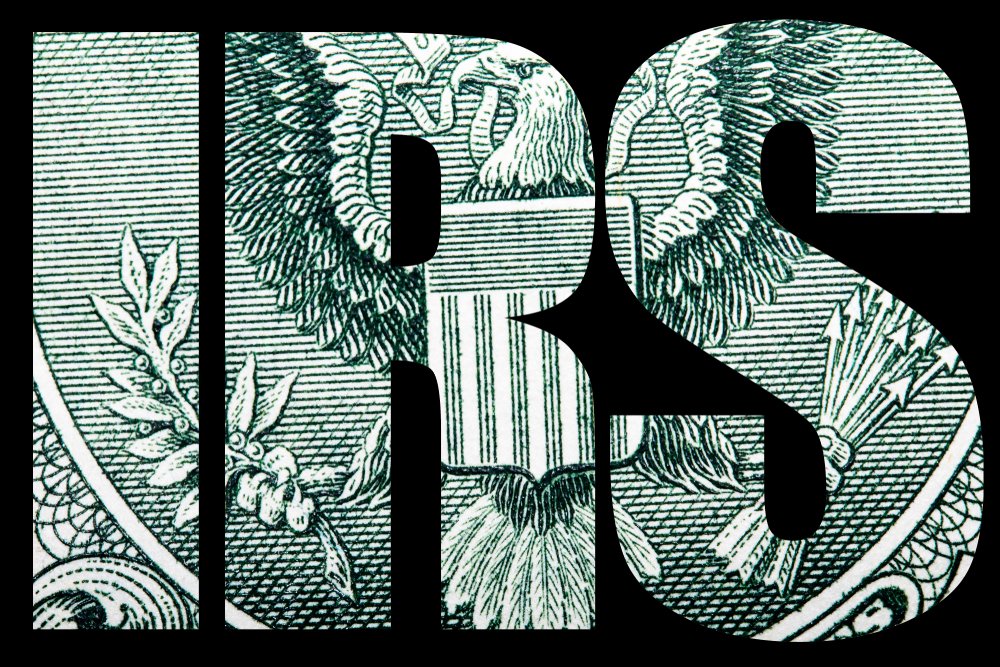By Anthony Diosdi
The passing of the 2017 Tax Cuts and Jobs Act brought many changes to the Internal Revenue Code. One change relates to the handling of the sale of partnership interests by foreign persons. In particular, Sections 864(c)(8) and 1446(f) withholding rules were added to the Internal Revenue Code.
Explanation of Withholding Tax and Substantive Tax
The withholding tax under Internal Revenue Code Section 1446(f) requires a 10 percent withholding on the sales price of a partnership interest by foreign persons unless certain exceptions are met. One such exception is if the seller furnishes an affidavit to the buyer stating, among other things, the seller is not a foreign person. The 10 person withholding, similar to the 15 percent Foreign Investment in Real Property Tax Act (“FIRPTA”) withholding on sales of U.S. real property interests by foreign persons, is computed on the sales price of the interest, not the amount of any underlying gain. The withholding is not a true “tax” but rather a retention of funds to be sent to the IRS intended to cover the substantive tax. The substantive (actual) tax is calculated on the tax return reporting the sale of the partnership interest. The amount of withholding is compared to the actual tax on the sale. If the tax is less than the withholding, the difference is refunded to the seller. If the tax is more than the withholding, the seller must pay the difference to the IRS.
Compliance reporting of the withholding is handled in a similar fashion to FIRPTA withholding on the sale of U.S. real property interests by foreign persons. When a partnership interest is sold, the sales price may sometimes include a reduction in liabilities as part of the transactions. This could result in the amount the buyer is required to withhold to exceed the cash or other property the buyer pays to the seler. In these instances, guidance currently indicates that the total amount of withholding is generally limited to the total amount of cash and property to be transferred. In addition, if a taxpayer takes distributions of money or property from a partnership in excess of basis, even without selling his interest in the partnership, the taxpayer is subject to withholding unless an exception is met. Currently, the Treasury Department and the Internal Revenue Service (“IRS”) have suspended the requirement to withhold on dispositions of certain interests in publicly traded partnerships.
The substantive tax under Section 864(c)(8) is assessed on the portion of the partner’s distributive tax of the amount of gain which would have been effectively connected with the conduct of a U.S. trade or business as if the partnership had sold all of its assets at their fair market value as of the date of the sale or exchange of such interest. The provision excludes real property gain already classified as effectively connected under the FIRPTA. Theoretically this is similar to the “hot assets rules.” Because the interest is effectively connected with a US trade or business, it is subject to tax under Sections 871(b) and 882.
Under Section 741, the sale of a partnership interest is treated as the sale of a capital asset. Section 865(a) provides that sales of personal property, including partnership interests, are sourced to the residence of the seller. The result for a foreign person is that any gain is treated as foreign source gain unless the taxpayer has an officer or other fixed place of business in the United States to which the sale is attributable.
If a taxpayer takes distributions of money or property from a partnership, even without selling his interest in the partnership, and the distributions exceed his basis in the partnership, the taxpayer may be subject to tax on his distribution. This goes into effect for the sale, exchange or disposition of partnership interests on or after November 27, 2017.
Compliance with Withholding Tax and Substantive Tax
The transferee is responsible for having the withholding tax collected and remitted to the IRS from the proceeds of the sale. In the case of a sale or exchange, this would be the purchase of the interest. In the case of a distribution in excess of basis, the withholding agent is the taxpayer. This 10 percent withholding must be remitted to the IRS no later than 20 days after closing. The calculation and payment of the substantive tax is done with the filing of the tax return for the taxpayer.
Compliance with the withholding requirements on the disposition of a partnership interest is handled similarly to the FIRPTA withholding requirements. As with FIRPTA, the withholding tax must generally be paid and the forms filed within 20 days of the date of disposition. It should be noted that under current guidance when a transferee fails to withhold, the secondary partnership level withholding requirements enacted with the new law have been suspended until regulations or other guidance have been issued. Finally, income tax treaties may be available for certain taxpayers and can be utilized in appropriate circumstances to assert that gain from the sale of a partnership interest is not subject to U.S. income tax.
Anthony Diosdi is a partner and attorney at Diosdi Ching & Liu, LLP, located in San Francisco, California. Diosdi Ching & Liu, LLP also has offices in Pleasanton, California and Fort Lauderdale, Florida. Anthony Diosdi advises clients in tax matters domestically and internationally throughout the United States, Asia, Europe, Australia, Canada, and South America. Anthony Diosdi may be reached at (415) 318-3990 or by email: adiosdi@sftaxcounsel.com.
This article is not legal or tax advice. If you are in need of legal or tax advice, you should immediately consult a licensed attorney.
